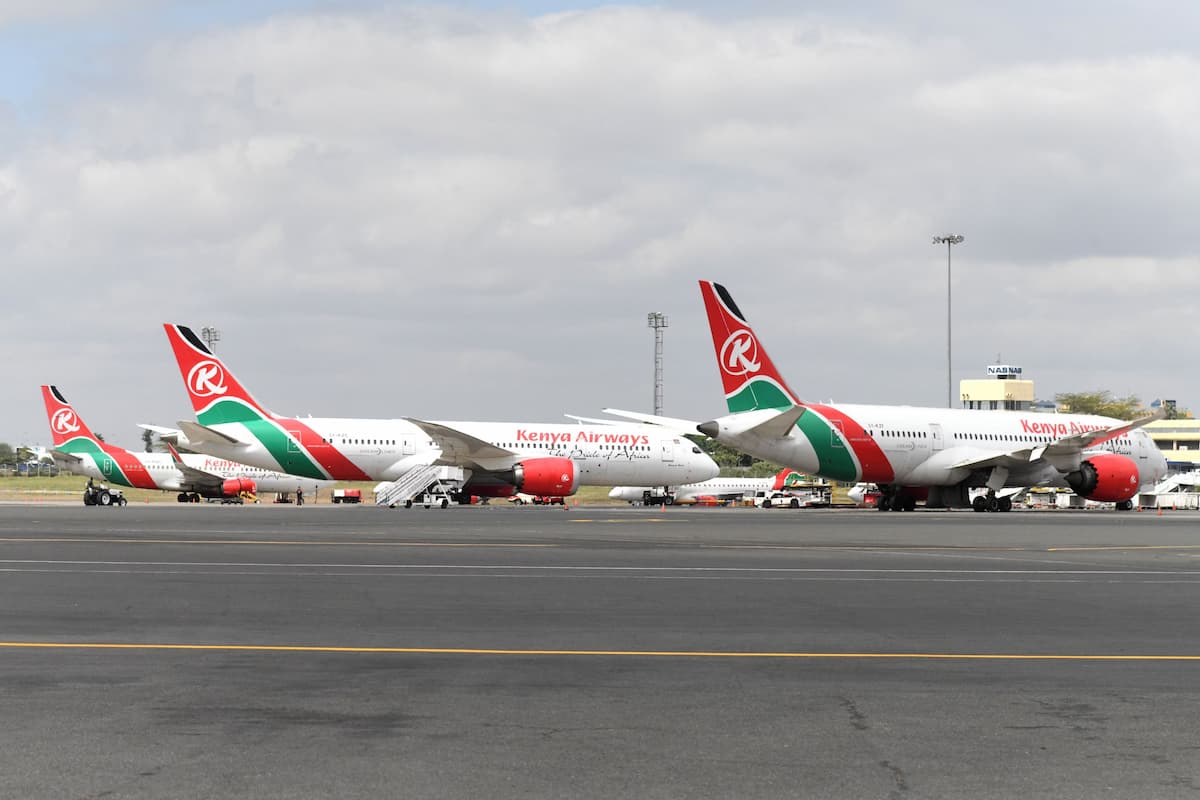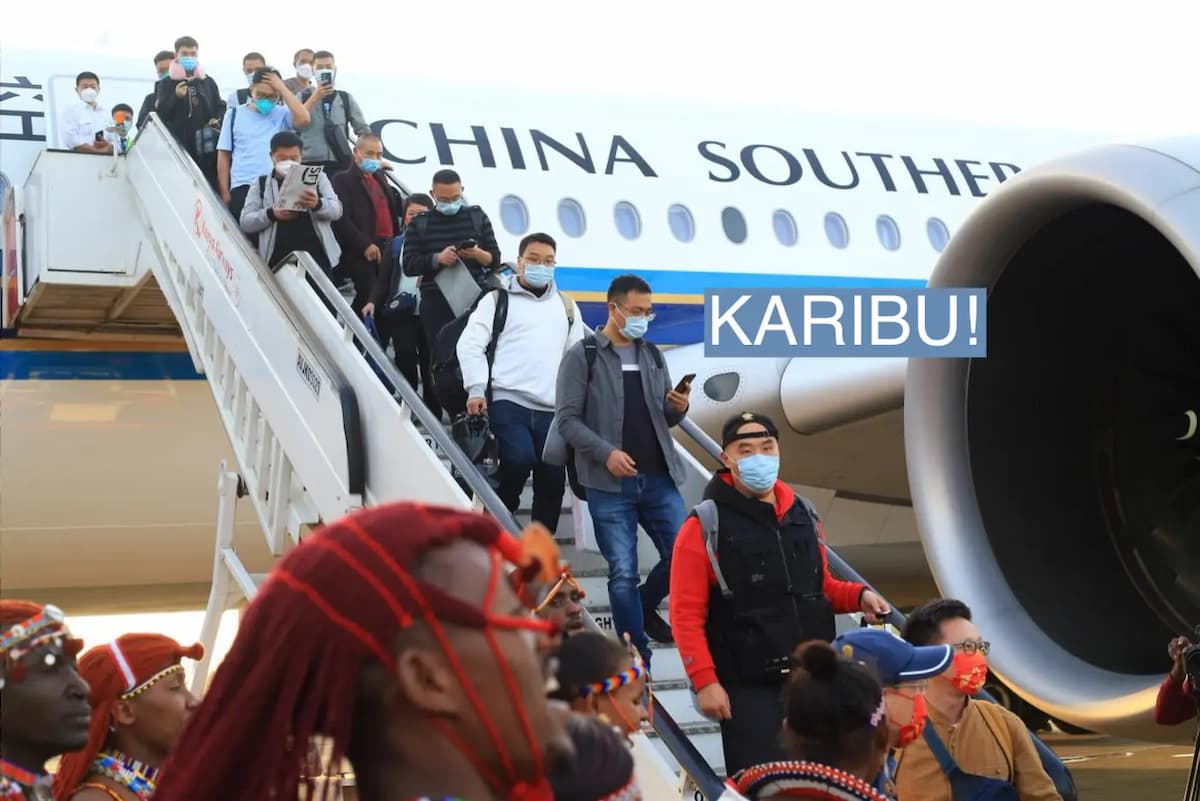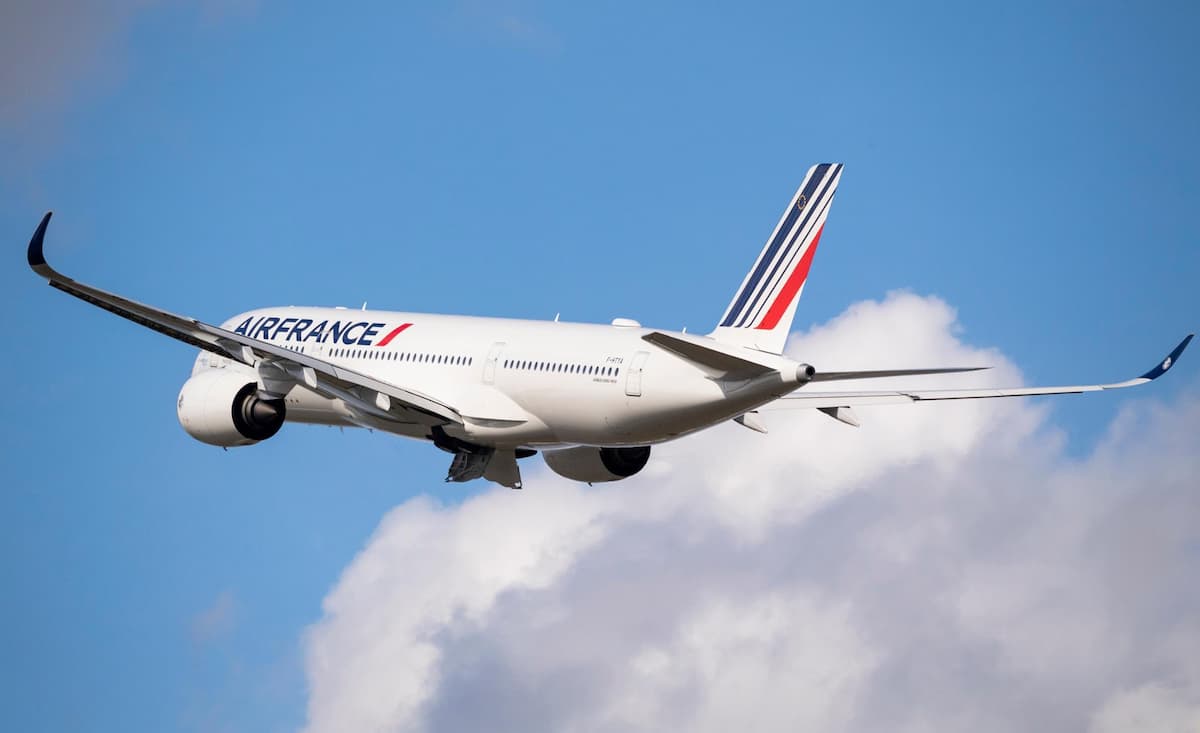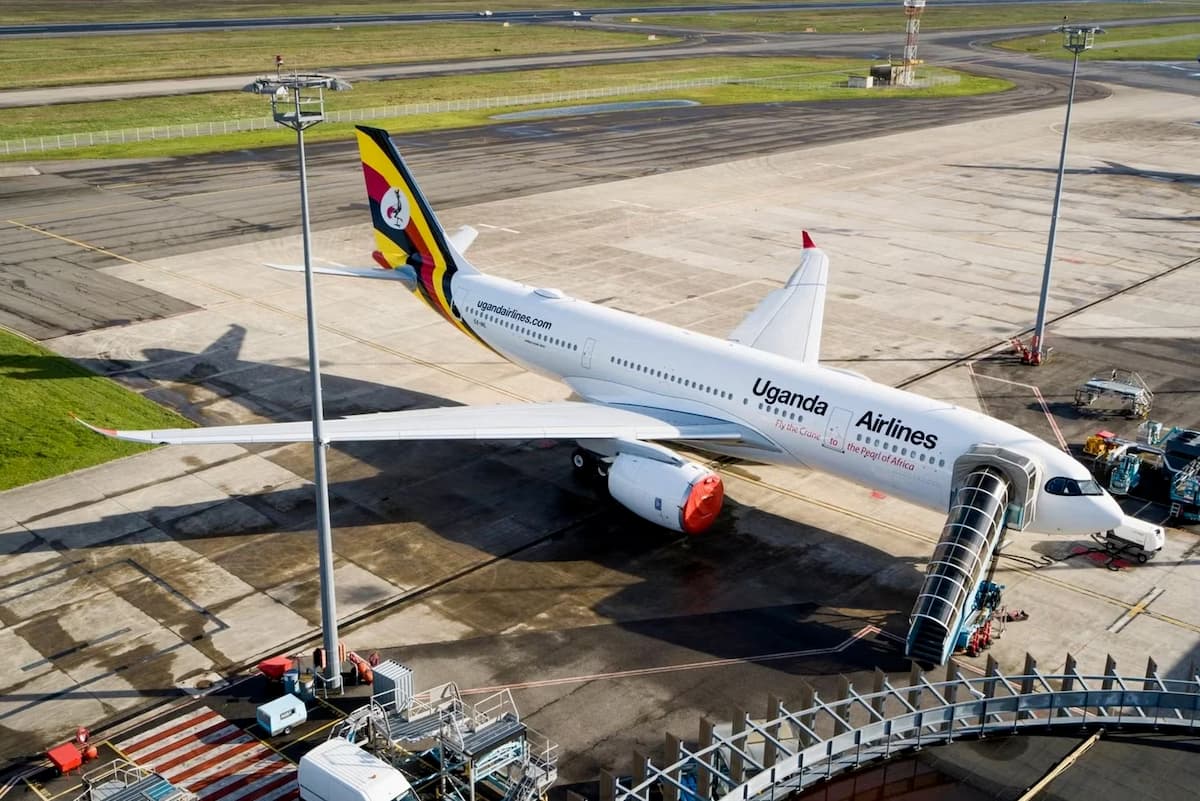The event, held at the Dubai World Trade Centre, highlighted the crucial role assigned to the city’s tourism sector in driving the success of the Dubai Economic Agenda, D33
Dubai’s Department of Economy and Tourism (DET) held its first ‘City Briefing’ of the year on June 15.
Hosted for stakeholders and partners, the event was attended by Sheikh Ahmed bin Mohammed bin Rashid Al Maktoum, Second Deputy Ruler of Dubai, and more than 1,200 top executives from across the tourism ecosystem including aviation, travel, hospitality and retail sectors.
Attendees were given the opportunity to gain in-depth insights into the Dubai Economic Agenda, D33, which was launched by Sheikh Mohammed bin Rashid Al Maktoum, Vice President and Prime Minister of the UAE and Ruler of Dubai, to consolidate Dubai’s status as one of the top three global cities.
The event, held at the Dubai World Trade Centre, highlighted the crucial role assigned to the city’s tourism sector in ensuring the success of the 10-year agenda.
Highlights of DET’s briefing
In addition to the focus on the D33 Agenda, the latest data and industry outlook for 2023 and beyond were also shared by DET at the ‘City Briefing’ which was presided over by Helal Saeed Almarri, director general of DET.
Almarri said: “The Dubai Economic Agenda, D33 is a bold and ambitious plan developed under the visionary leadership of HH Sheikh Mohammed bin Rashid Al Maktoum, to create a legacy that will be celebrated by future generations, as we foster a climate of innovation, sustainability and inclusivity to pave the way for a future where Dubai stands proudly among the world’s top three premier destinations. With great optimism for 2023 and beyond, we will press on with determination and a renewed focus on delivering exceptional experiences for our visitors from around the world.”
Issam Kazim, CEO of the Dubai Corporation for Tourism and Commerce Marketing, also presented an overview of the industry and shared valuable insights into visitor trends and marketing strategies to the gathering.
He stressed the importance of collaboration with stakeholders and partners to ensure Dubai remains the preferred destination for global travellers and highlighted the various global campaigns that have successfully showcased the diversity of Dubai’s offering, further reinforcing its position as a must-visit destination.
He said that DET’s continuous efforts to promote Dubai across its international markets was directly responsible for driving 57 per cent of the total visitation of 14.4 million international visitors in 2022, generating millions of prospective travellers for the future, especially an anticipated substantial increase in travellers from 2023 to 2025.
These marketing activities, he said, have further influenced 11 million individuals to plan their Dubai trips and also inspired six million people to add Dubai to their ‘bucket list’ of destinations to visit between this year and 2025.
Dubai tourism and hospitality performance showcased
Dubai’s tourism sector delivered a robust performance, for the fourth successive month this year, welcoming 6.02 million international visitors from January-April, an 18 per cent year-on-year increase, compared to 5.10 million visitors during the same four-month period in 2022.
Dubai’s hotel sector reflected an average occupancy of 80 per cent during the January-April period this year, among the highest in the world, exceeding the 76 per cent level achieved by city hotels during the corresponding period in 2022 and nearly matching the pre-pandemic 83 per cent occupancy in 2019.
According to a STR Global Hotel Monitoring Update, Dubai ranked first in occupancy, with a rate of 79.9 per cent, only 2.9 percentage points below the pre-pandemic levels of 82.7 per cent, placing it ahead of other global destinations like London, New York, Los Angeles and Paris. The report also revealed that Dubai ranked first in Gross Operating Profit per Available Room (GOPAR), with a rate of U$145 (Dhs530), just 9 per cent below pre-pandemic levels, followed by Paris ($113) and Singapore ($102) respectively.
Hotel supply reached 148,949 rooms in 814 hotel establishments at the end of April 2023, a 26 per cent growth over the pre-pandemic figures of 118,449 rooms in 722 hotel establishments at the end of April 2019. Moreover, the average length of stay by guests has increased by 13 per cent to four nights compared to 3.5 nights in 2019, indicating Dubai’s appeal as a destination for longer-stay travellers.
According to data from industry expert Amadeus, search and booking volumes for Dubai remained steady from September 2021 to April 2023, with searches and bookings to Dubai during January to April 2023 nearing pre-pandemic levels and especially close to the high numbers seen during the Expo and pre-World Cup 2022 period.
Kids Go Free summer campaign to drive tourism
Kazim discussed the ‘Kids Go Free’ campaign, which aims to encourage families and global travellers to choose Dubai as their summer vacation destination. Hotels, entertainment centres and attractions are participating in this citywide initiative, offering families and children the opportunity to enjoy memorable experiences at attractive discounts and also free of cost for kids all summer.
Kazim provided insights into the extensive in-market activities carried out by DET’s overseas offices and over 3,000 global partners including travel trade and airline partnerships for leisure tourism, international roadshows and familiarisation trips for the travel trade and global media.
Ahmed Al Khaja, CEO of the Dubai Festivals and Retail Establishment, discussed leveraging festivals and events to increase visitation and reinforcing Dubai’s position as an international hub for leisure and business events and the MICE industry. He presented the diverse festivals and events sector in Dubai that are a part of the Retail Calendar including the iconic Dubai Shopping Festival and Dubai Food Festival, as well as the upcoming Dubai Summer Surprises, Eid in Dubai-Eid Al Adha celebrations, and the second edition of the Dubai Esports and Games festival, in addition to retail offers and promotions that residents and visitors can avail themselves of this summer in Dubai.
Stakeholders and partners attending also shared their milestones and positive outlook for the emirate’s plans to drive tourism and the ‘D33’ agenda.
Source: Gulf Business










